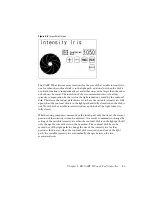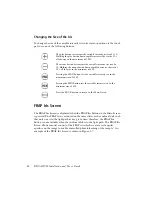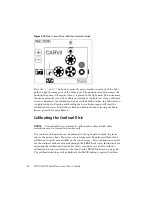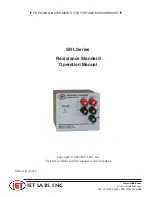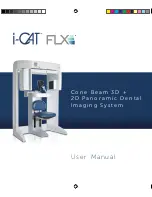
54
BD CARV II Installation and User’s Guide
The command buffer in the CARV II is 50 characters long. Compound
commands must be 49 characters or less, including spaces and any requisite
punctuation, to allow for the <CR> terminator. Overflowing the input
buffer could result in either the loss of the beginning of the compound
command as new commands overwrite the earlier commands or worse,
completely errant behavior.
Execution of all lower case commands (commands that read information
from the CARV II) and the “H” (Home) command will cause any
commands that follow to be ignored and the response string will look as if
only the last command of this type was sent. For example, the compound
command D1rCrAP0<CR> will move the confocal disk into the light path
and read the position of the excitation wheel, but the prism will not be
commanded to direct the light path to the camera. The return string will
look like this–rA3<CR>–or whatever position the excitation wheel is in.
Be aware that, although sending compound commands is the fastest way to
execute several commands in quick succession, the action of the devices
may not actually be simultaneous. The processor handles the individual
commands sequentially and sets each device in motion in that order. Faster
devices or devices that make a shorter move may complete motion before a
slower device even starts motion. For the most time efficient coordination
of moves, slower devices or ones making a longer move should appear in
the compound command first.
3
When the entire command string (all strings preceding the <CR>) has been
processed the entire command string is echoed back to the PC host. The
exceptions are the lower case commands. Lower case commands signify the
command requests information from the CARV II. The responses to these
commands append the requested information to the original command.
Responses to motion commands are executed immediately after
commanding the motion to start and they do not signify that motion has
been completed or even if it is successful. This occurs, for example, if the
device has encountered an obstruction preventing it from achieving the
commanded position.
4
Erroneous commands, either invalid Device ID or invalid parameters, are
ignored by the system but are echoed back to the host as they were sent.
Any valid command/parameter combinations in the command will be
executed. For example, AA6C8B 3D1<CR> will be echoed back exactly as




